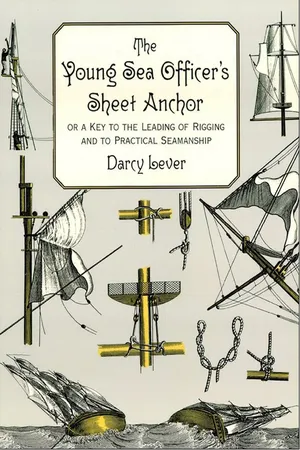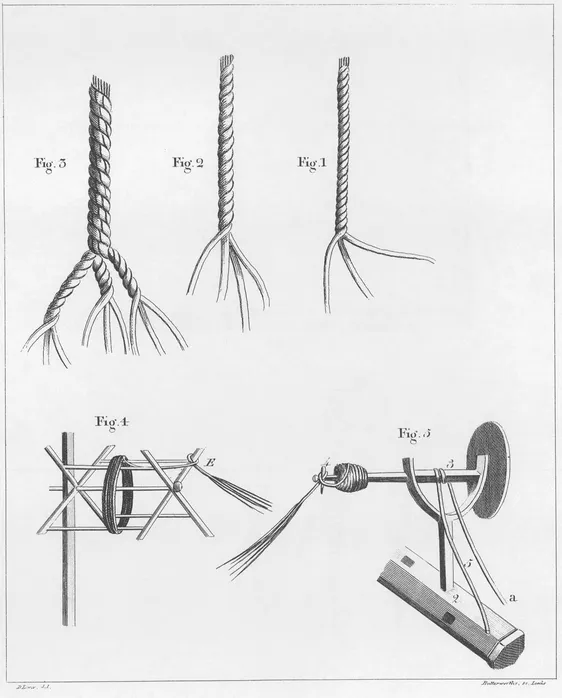
The Young Sea Officer's Sheet Anchor
Or a Key to the Leading of Rigging and to Practical Seamanship
- 256 pages
- English
- ePUB (mobile friendly)
- Available on iOS & Android
The Young Sea Officer's Sheet Anchor
Or a Key to the Leading of Rigging and to Practical Seamanship
About this book
First published in 1808, The Young Sea Officer's Sheet Anchor became a standard guide throughout the 19th century in both England and the United States. Author Darcy Lever compiled the text for "a young gentleman whose inclinations at that time led him to the choice of a sea-faring life," and he later expanded its contents for the general use of young officers in the Royal Navy and East India Company.
Starting with a precise explanation of the principles of rigging, the text proceeds to a well-defined account of a ship's operation through the effect of the wind on its sails. Tacking, use of a compass, the art of swinging a ship at single anchor, casting, and numerous other aspects of seamanship receive close attention and clear definitions. Detailed drawings accompany the ample directions for splicing ropes, making sails, and other practical measures; indeed, every other page of this book features clear, well-drawn illustrations of the procedure under discussion and its execution.
This rare volume, an authentic look at the maritime world of the 19th century, belongs in the library of every ship fancier, model builder, and naval historian.
Frequently asked questions
- Essential is ideal for learners and professionals who enjoy exploring a wide range of subjects. Access the Essential Library with 800,000+ trusted titles and best-sellers across business, personal growth, and the humanities. Includes unlimited reading time and Standard Read Aloud voice.
- Complete: Perfect for advanced learners and researchers needing full, unrestricted access. Unlock 1.4M+ books across hundreds of subjects, including academic and specialized titles. The Complete Plan also includes advanced features like Premium Read Aloud and Research Assistant.
Please note we cannot support devices running on iOS 13 and Android 7 or earlier. Learn more about using the app.
Information
THE YOUNG SEA OFFICER’S SHEET ANCHOR;
OR A KEY TO RIGGING AND SEAMANSHIP.

RIGGING.
2
ROPES—SPUN-YARN WINCHES.

A HAWSER-LAID ROPE, Fig. 1.1
A SHROUD-LAID ROPE, Fig. 2.
A CABLE-LAID ROPE, Fig. 3.
SPUN-YARN,


3
WORMING—SERVING—SPLICING.2

WORMING A ROPE,
PARCELLING A ROPE,
THE SERVICE,

3
SPLICING.

A FID,
A MARLING SPIKE,
4
SPLICING.

A SHORT SPLICE.
AN EYE SPLICE, Fig, 14. (a.)
THE LONG SPLICE, Fig. 15.
Table of contents
- DOVER MARITIME BOOKS
- Title Page
- Copyright Page
- INTRODUCTION TO THE DOVER EDITION
- THE AUTHOR’S DESIGN.
- CRITICAL TESTIMONIALS.
- Table of Contents
- JOSHUA SYDNEY HORTON, ESQ. CAPTAIN R. N.
- THE YOUNG SEA OFFICER’S SHEET ANCHOR; - OR A KEY TO RIGGING AND SEAMANSHIP.
- APPENDIX - TO THE YOUNG SEA OFFICER’S SHEET ANCHOR.
- A DICTIONARY OF SEA TERMS.
- NOTES